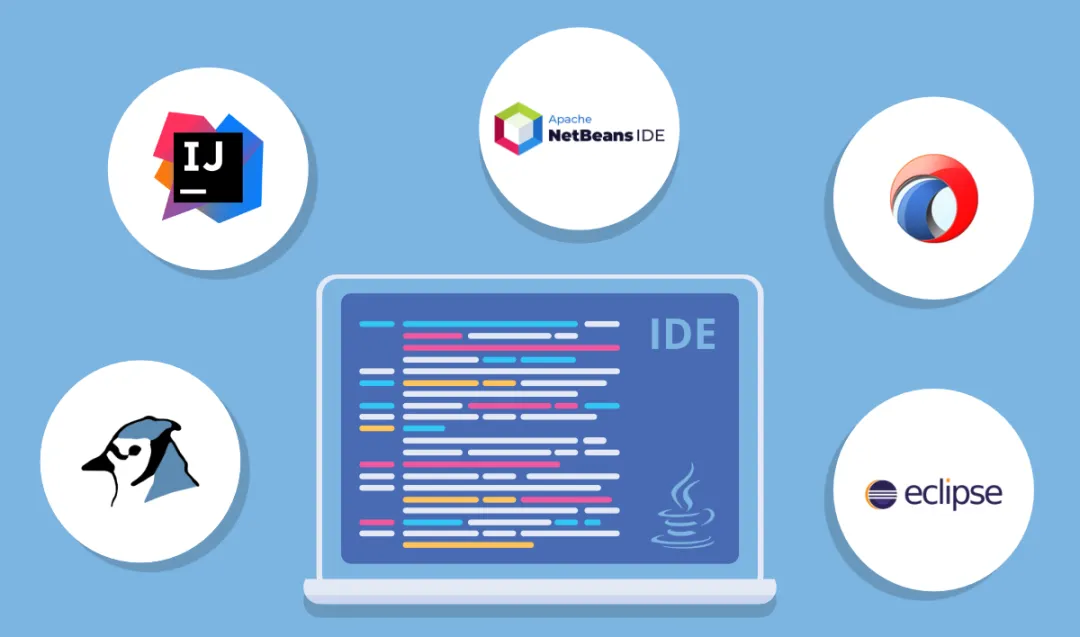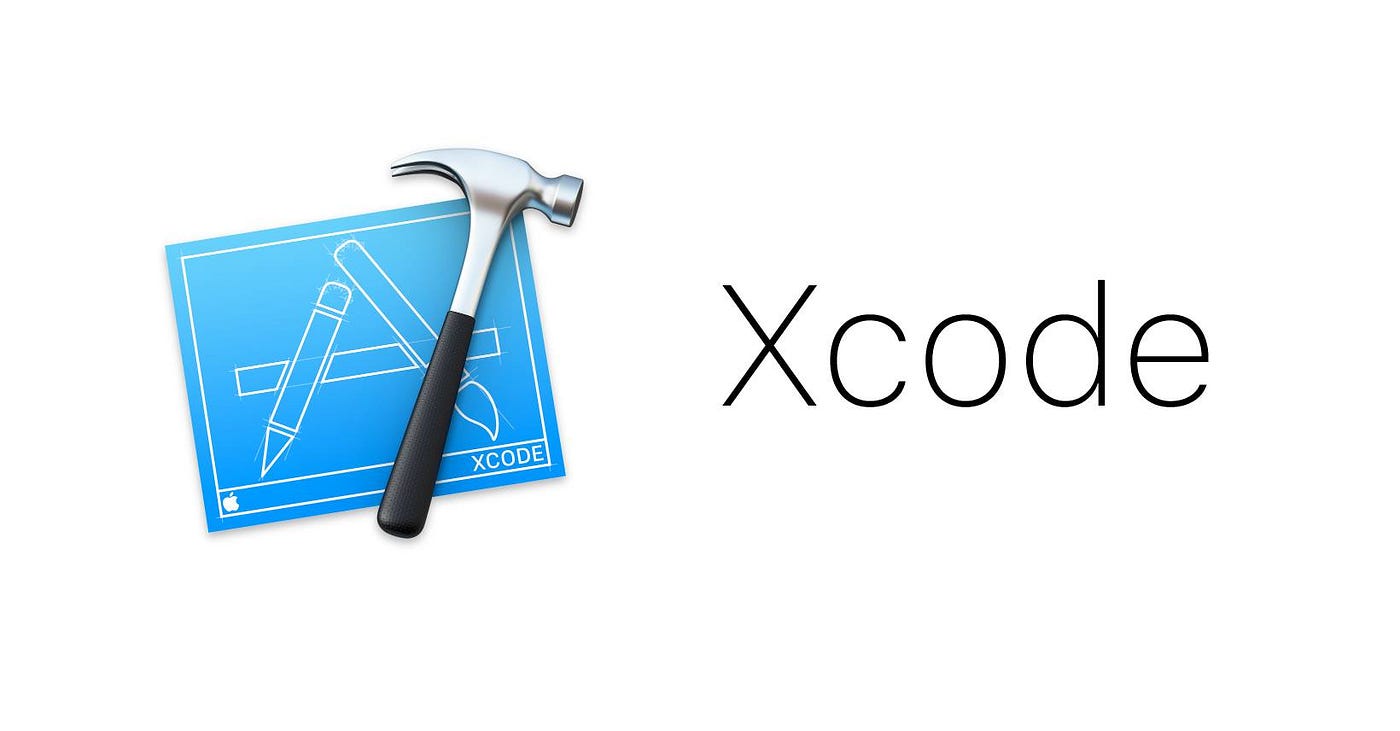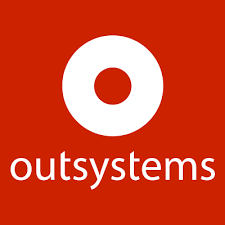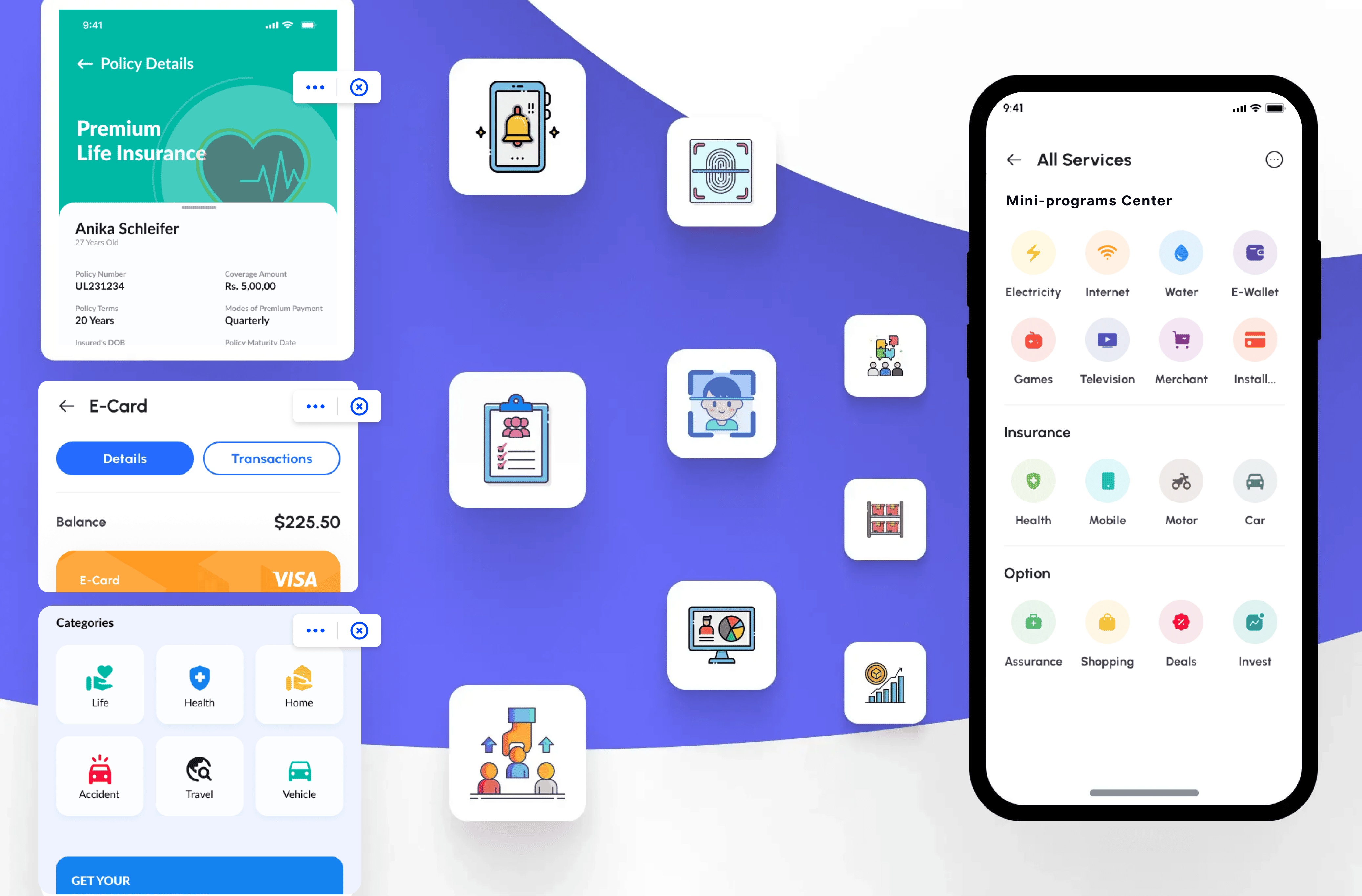The Best IDEs For App Development
In the fast-paced world of app development, efficiency and effectiveness are paramount. In today's digital world, where nearly everything is driven by technology, programming has become essential. When it comes to implementing code effectively, an Integrated Development Environment (IDE) is indispensable. The Integrated Development Environment (IDE) you choose can significantly impact your productivity, the quality of your code, and the overall success of your project. IDEs are more than just text editors; they offer a suite of tools and features that streamline coding, debugging, testing, and deployment. With numerous options available, selecting the right IDE can be a daunting task.
What exactly is an IDE, and what purpose does it serve? How does using an IDE enhance efficiency in software development? In this article, we will explore the definition, functionality, and advantages of an IDE.

What is IDE in mobile app development?
A mobile app development IDE (Integrated Development Environment) is a software application that integrates various development tools and features to enhance the efficiency and quality of software development. IDEs typically include a source code editor, autocomplete functionality, a debugger, and build tools. They allow developers to write, debug, and test code in multiple programming languages. IDEs also offer a range of plugins and extensions to cater to different development needs.
An IDE is a tool that facilitates software development by combining a code editor, compiler, and debugger into a single application, making programming easier. Additionally, many IDEs include features such as syntax highlighting and code autocomplete.
IDEs are popular among developers because they make coding faster and simpler. By consolidating multiple tasks into one application, an IDE can improve productivity and help produce better code. Furthermore, IDEs often offer plugins and extensions that increase functionality and flexibility, allowing for customization according to specific needs. If you're looking for a faster way to write code, an IDE is an invaluable tool!
Editing Source Code
Developers use an IDE to write code, which consists of a set of instructions that tell the computer what to do. We write code in specific languages, such as Python or C. IDEs can autocomplete keywords in these languages and provide syntax highlighting, making code easier to read.
Building Executable Files
To convert source code into executable files, a compiler is needed. The compiler transforms our code into machine code that can run on a specific platform.
IDEs typically include compilers for the languages used, as well as other tools necessary for development, such as debuggers and profilers.
Most compilers are designed to work with specific IDEs or editors. When using command-line compilation, a makefile provides instructions to the compiler on how to build the executable file. Compared to makefiles, many programmers prefer using IDEs because they provide all the necessary tools in one place and eliminate compatibility issues between different compilers and target platforms.
However, IDEs are not essential for programming; some developers prefer managing makefiles rather than using traditional IDEs.
Debugging and Testing
IDEs also simplify the debugging process. They can provide pre-compilation hints to prevent errors. Additionally, IDEs offer automated debugging, error detection, breakpoints, and interactive visual debugging features. They assist in testing by providing tools such as testing terminals and profilers.
Why Are IDEs Important?
While it is possible to write code using any text editor, Integrated Development Environments (IDEs) offer much more than basic text editing. IDEs provide a unified interface for essential developer tools, significantly enhancing the software development process. They streamline the setup and integration of various tools, allowing developers to focus on coding rather than configuration. Here are some key reasons why IDEs are valuable for developers:
Code Editing Automation
Programming languages have specific rules for structuring statements. IDEs are designed to understand these rules and come equipped with features that automate the process of writing or editing code, making it more efficient and less error-prone.
Syntax Highlighting
IDEs automatically format code by applying different styles such as bold, italic, or color-coding to various elements. These visual cues improve code readability and provide immediate feedback on syntax errors, helping developers spot mistakes quickly.
Intelligent Code Completion
Just as search engines suggest terms as you type, IDEs offer intelligent code completion. As developers begin typing, the IDE provides suggestions to complete code statements, speeding up coding and reducing errors.
Refactoring Support
Refactoring involves restructuring existing code to enhance its efficiency and readability without altering its functionality. IDEs support automatic refactoring to some degree, making it easier for developers to improve their code. Well-structured code also facilitates better collaboration among team members.
Local Build Automation
IDEs boost productivity by automating repetitive development tasks associated with every code change. Examples include:
Compilation: IDEs compile code into a format that the operating system can execute. Some IDEs use just-in-time compilation to convert human-readable code into machine code within the application itself.
Testing: IDEs enable developers to automate unit tests locally before integrating the software with other developers' code and conducting more complex integration tests.
Debugging: Debugging is the process of identifying and fixing errors or bugs. IDEs provide powerful debugging tools that allow developers to step through code line by line, inspect behavior, and receive real-time feedback on errors as they type. This capability is crucial for quickly resolving issues and ensuring code quality.
Why Do Developers Use Integrated Development Environments?
In coding, success hinges on several factors: having the right tools, environment, and mindset. While all these aspects are important, selecting the right development environment is arguably the most crucial. Integrated Development Environments (IDEs) play a key role in streamlining the coding process. Here’s why IDEs are essential for efficient and effective programming.
IDEs provide a wealth of resources and shortcuts that make development faster and more manageable. For example, they often include built-in debuggers, syntax checkers, and code generators. IDEs also offer robust collaboration features, allowing multiple developers to work on the same project concurrently, thus accelerating the development process.
Moreover, IDEs can identify errors as you code and provide real-time feedback, helping you resolve issues swiftly. Many IDEs also come with utilities for creating drivers and other specialized applications.
What Are the Advantages of IDEs?
IDEs offer several key benefits:
Speed and Simplicity: IDEs enhance development speed and simplify the coding process by integrating a variety of useful resources and shortcuts that would otherwise require manual effort.
Collaboration: IDEs facilitate teamwork by supporting collaborative features, enabling multiple developers to work on a project at the same time, which speeds up production.
Error Detection: IDEs can automatically detect, correct, and alert you to errors in your code during the writing process.
Cloud Versions: Many IDEs offer cloud-based versions, allowing developers to work remotely or on portable devices without needing to install software.
Customization: Some IDEs provide customization options for tailoring the workspace to fit specific needs and preferences, such as for mobile app development.
What Are the Drawbacks of IDEs?
Despite their advantages, IDEs have some drawbacks:
Complexity for Beginners: IDEs can be complex and overwhelming for those who are new to programming.
Variety and Learning Curve: With many IDEs available, each tailored for different programming languages, learning and mastering them all can be challenging.
Resource Consumption: IDEs generally use more system resources than standard text editors, which can slow down system performance.
Keeping Up with Updates: Frequent updates and changes to IDEs can be difficult to keep up with.
Overall, while IDEs bring significant benefits to the development process, they also introduce additional complexity. Whether this added complexity is worth the benefits depends on your individual needs and development requirements.
Types of IDEs for Mobile App Development
Integrated Development Environments (IDEs) for mobile app development come in several types, each designed to meet different needs. Here’s a concise overview:
1. Native IDEs
Native IDEs are designed specifically for developing apps on a single platform.
Android Studio: The official IDE for Android development, featuring tools for coding in Java and Kotlin, debugging, and testing.
Xcode: Apple’s IDE for iOS and macOS development, supporting Swift and Objective-C with tools for UI design and debugging.
2. Cross-Platform IDEs
Cross-Platform IDEs enable development for multiple platforms using a single codebase.
Flutter: Uses Dart to build natively compiled apps for Android, iOS, and beyond. Compatible with IDEs like Visual Studio Code and Android Studio.
React Native: Uses JavaScript and React for cross-platform apps, with support in IDEs like Visual Studio Code and IntelliJ IDEA.
Xamarin: Utilizes C# and .NET for apps on Android and iOS, integrated with Visual Studio.
3. Hybrid IDEs
Hybrid IDEs allow for development using web technologies wrapped in a native container.
Apache Cordova: Enables app development with HTML, CSS, and JavaScript, supported by IDEs like Visual Studio Code.
Ionic: Uses web technologies with Angular for hybrid apps, commonly used with Visual Studio Code.
4. Low-Code/No-Code IDEs
Low-Code/No-Code IDEs facilitate app development with minimal coding through visual interfaces.
Appgyver Composer Pro: A no-code platform for building mobile and web apps with drag-and-drop features.
OutSystems: A low-code platform that accelerates development with visual programming tools and pre-built components.
5. Game Development IDEs
Game Development IDEs are tailored for creating interactive and graphics-intensive mobile games.
Unity: A leading engine for 2D and 3D games, supporting a wide range of platforms.
Unreal Engine: Known for high-quality graphics and advanced features for game development across multiple platforms.
Choosing the right IDE depends on your project’s specific needs, such as target platforms, programming languages, and development approach.
Top IDEs for Mobile App Development
Selecting the right Integrated Development Environment (IDE) for mobile app development is essential for optimizing workflow and achieving development goals. Here’s a guide to some of the top IDEs for various mobile development needs, including their features, advantages, and drawbacks.
1. Native IDEs
Android Studio
Platform: Android
Features: As the official IDE for Android, Android Studio offers robust support for Java and Kotlin programming. It includes a powerful code editor, comprehensive emulator, performance analysis tools, and seamless integration with Google Firebase for backend services.
Pros:
Rich feature set for Android development
Advanced debugging and performance analysis tools
Firebase integration enhances backend services and analytics
Cons:
Can be resource-heavy and slow on less powerful machines
Steeper learning curve for newcomers

Xcode
Platform: iOS and macOS
Features: Xcode is Apple’s official IDE for developing applications across iOS, macOS, watchOS, and tvOS. It supports Swift and Objective-C with tools for interface design, testing, and debugging, plus an integrated simulator and extensive component library.
Pros:
Optimized for Apple ecosystem with a robust set of development tools
Integrated simulator and extensive library simplify development
Supports multiple Apple platforms
Cons:
Restricted to macOS, limiting cross-platform compatibility
Can be complex for beginners to master

2. Cross-Platform IDEs
Flutter (with Visual Studio Code or Android Studio)
Platform: Android, iOS, Web, Desktop
Features: Developed by Google, Flutter uses Dart for creating natively compiled applications. It integrates with IDEs like Visual Studio Code and Android Studio, featuring hot reload, rich UI components, and detailed documentation.
Pros:
Fast development with hot reload feature
Rich UI components and extensive documentation
Supports multiple platforms with a single codebase
Cons:
Dart is less commonly used compared to other languages
Limited third-party libraries compared to more established frameworks
React Native (with Visual Studio Code or IntelliJ IDEA)
Platform: Android, iOS
Features: React Native, backed by Facebook, enables cross-platform development using JavaScript and React. IDEs such as Visual Studio Code and IntelliJ IDEA support React Native with helpful plugins for code autocompletion and debugging.
Pros:
Strong community support and extensive libraries
Efficient development with code autocompletion and debugging features
JavaScript and React offer a large talent pool
Cons:
Performance might not match native applications
Learning curve if unfamiliar with React or JavaScript
Xamarin (with Visual Studio)
Platform: Android, iOS
Features: Part of the Microsoft ecosystem, Xamarin allows cross-platform app development using C# and .NET. Visual Studio provides comprehensive support for Xamarin with tools for UI design, debugging, and deployment.
Pros:
Unified codebase with C# and .NET for cross-platform apps
Full-featured IDE with strong Microsoft integration
Good support for native API access
Cons:
Larger app size due to additional abstraction layers
Potential performance overhead compared to native solutions
3. Hybrid IDEs
Apache Cordova (with Visual Studio Code or Sublime Text)
Platform: Android, iOS, Windows, and more
Features: Apache Cordova allows app development using web technologies like HTML, CSS, and JavaScript. IDEs like Visual Studio Code and Sublime Text offer coding, testing, and plugin management tools.
Pros:
Leverages familiar web technologies for development
Broad platform support with easy setup
Lightweight and flexible
Cons:
Performance and UI might lag behind native and cross-platform solutions
Limited access to native device features
Ionic (with Visual Studio Code)
Platform: Android, iOS, Web
Features: Ionic uses Angular and web technologies to build hybrid apps. Visual Studio Code provides an integrated terminal, code snippets, and extensions for a smooth development experience.
Pros:
Strong support for Angular and web technologies
Rich set of UI components and development tools
Streamlined development with integrated terminal
Cons:
Performance can be slower compared to native apps
Limited native feature access
4. Low-Code/No-Code IDEs
Appgyver Composer Pro
Platform: Android, iOS, Web
Features: Appgyver Composer Pro is a no-code platform with a drag-and-drop interface for building mobile and web apps. It focuses on ease of use and rapid prototyping.
Pros:
Intuitive drag-and-drop interface for non-developers
Rapid development and prototyping capabilities
Ideal for simple applications and MVPs
Cons:
Limited customization and control over code
Not suited for complex or highly customized applications

OutSystems
Platform: Android, iOS, Web
Features: OutSystems offers a low-code environment with visual programming tools and pre-built components. It’s designed for fast application development with strong integration capabilities.
Pros:
Accelerates development with visual programming and pre-built components
Suitable for both business and consumer applications
Strong integration features
Cons:
Less flexibility for complex applications
Potentially high cost for enterprise features

5. Game Development IDEs
Unity
Platform: Android, iOS, and more
Features: Unity is a top game development engine with tools for creating 2D and 3D games. It supports cross-platform development with features for physics, animation, and asset management.
Pros:
Comprehensive toolset for both 2D and 3D game development
Cross-platform support and extensive asset store
Strong community and resources
Cons:
Can be complex for simple projects
Performance issues on lower-end devices

Unreal Engine
Platform: Android, iOS, and more
Features: Known for its high-quality graphics, Unreal Engine provides advanced tools for creating detailed environments, realistic animations, and complex interactions.
Pros:
Superior graphics and advanced features
Tools for detailed and realistic game environments
Robust development and debugging tools
Cons:
Steeper learning curve
Higher system requirements for development

Each IDE has its strengths and is suited to different types of mobile app development projects. Consider your specific needs and preferences to choose the best tool for your development goals.
How to Find the Right IDE
When you’re just starting out with development, it can be challenging to determine which Integrated Development Environment (IDE) suits you best. With so many options available, choosing the one that provides the best coding experience can be difficult. Here are some tips to help you find the IDE that fits you best:
1. Consider Your Programming Language
First, think about the programming language you want to use. Different IDEs support different languages, so make sure the IDE you choose supports the language you’re most familiar with.
2. Evaluate Comfort and Usability
Consider how comfortable you are with using the IDE. If you’re not yet confident in your abilities, start with a less complex IDE until you feel more comfortable.
3. Try Out Several IDEs
Before making a final decision, take the time to try out several different IDEs. Every developer has their own preferences, and you might not like all the IDEs you test. Experiment with a few options until you find one that feels right for you.
Key Factors to Consider:
Interface Familiarity
How well do you adapt to the interface? If the interface feels difficult to navigate or overwhelming, you’re less likely to stick with it.
Ease of Use
Is the IDE easy to use and does it help you avoid frustration?
Required Features
Does the IDE offer all the features you need?
Language Compatibility
Does it support the programming language you plan to use?
One of the most important factors is your comfort with the IDE's interface. If it feels cumbersome or hard to navigate, you may not use it for long. Choose an IDE with a user-friendly interface and plenty of helpful tutorials.
Another consideration is whether the IDE includes all the features you need. While some IDEs offer more features than others, most include essentials such as code completion, syntax highlighting, debugging tools, and version control integration. Additionally, make sure the IDE supports the programming language you require.
FinClip Studio: The Ultimate IDE for Mini-Program Development
FinClip Studio is an advanced Integrated Development Environment (IDE) tailored for creating, debugging, and testing mini-programs within the FinClip SDK-powered SuperApp ecosystem. Designed to streamline the development process, FinClip Studio offers a suite of powerful features to enhance your productivity and efficiency:
One-Click App Generation: Instantly create SuperApps for Android and iOS, with the option to add content later.
Code Splitting: Improve performance by dividing code into smaller, on-demand chunks.
API Mockup: Simulate backend APIs for easy testing without real services.
Multi-Screen Preview: Preview your mini-program on various devices to ensure compatibility.
Code Completeness: Get context-aware suggestions to simplify coding.
Streamlined Deployment: Upload your code to a mini-program store with a single click for testing and review.
Real Device Simulation: Test your app on different devices using built-in emulators.
Compatibility Check: Migrate existing mini-programs from other platforms like WeChat with ease.
FinClip Studio is designed to support developers throughout the entire lifecycle of mini-program development. From initial creation to testing and deployment, its robust set of tools and features ensure a smooth and efficient development process. Whether you're building new applications or migrating existing ones, FinClip Studio provides everything you need to deliver high-quality, functional mini-programs.



